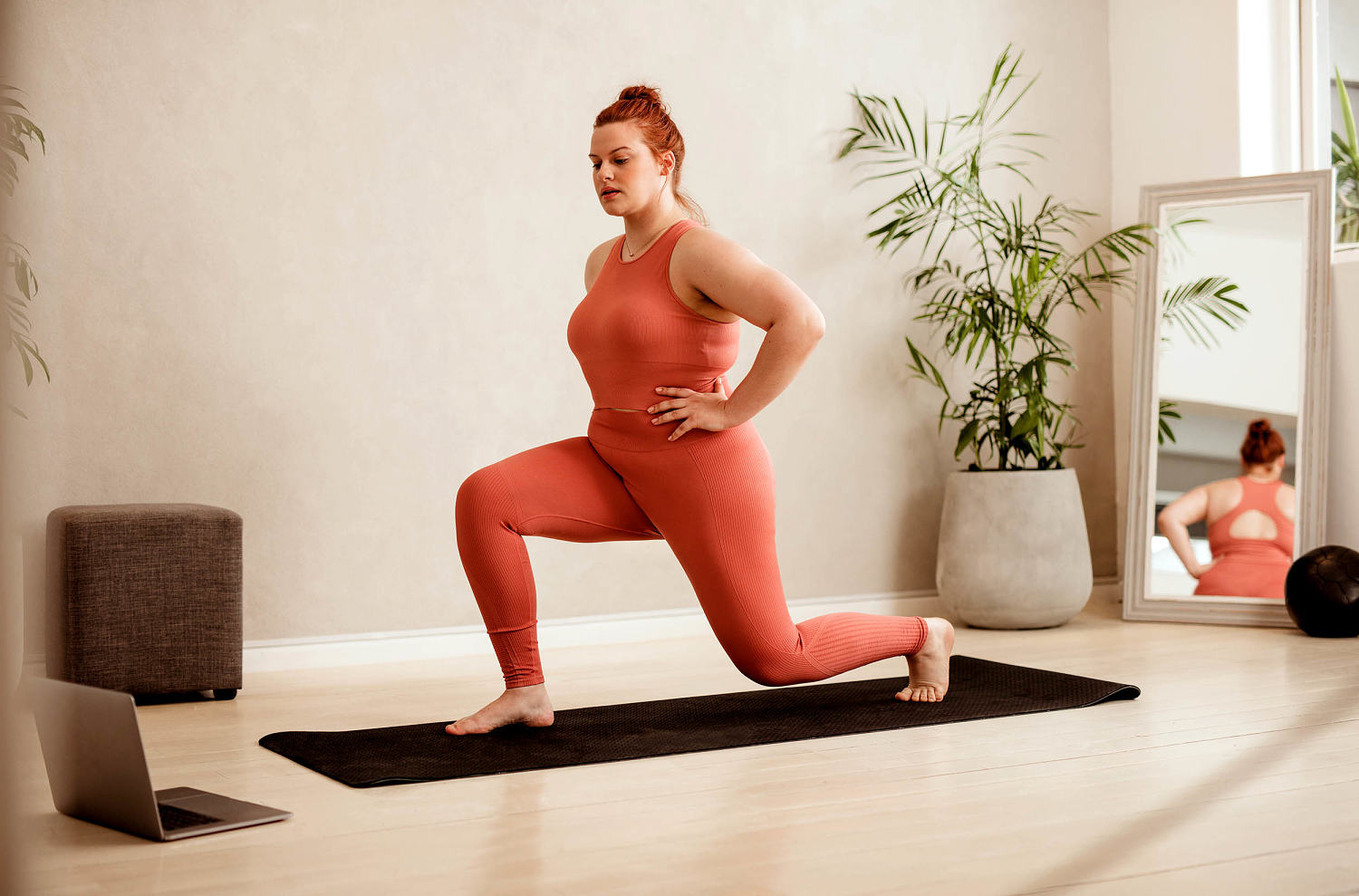Lunges are worth the effort you put into them. They work many muscle groups at once, including hips, , quads, and core. In addition to strengthening muscles, lunges help with balance, an important component of health as we age.
Lunges are a unilateral exercise, meaning you work each side of the body independently, and this also helps with coordination. When you lunge, you also use the extensor muscles in your lower body that help and knee joints. Lunges are a true power move for your health.

Since they work so many large muscle groups, making lunges a regular part of your workout routine can help you build significant muscle mass, which, in turn, can raise your resting metabolism, allowing you to burn more calories even when you’re not exercising. This can help promote fat loss. However, performing lunges incorrectly can harm rather than help these areas.
As a personal trainer, I see a lot of my clients making the same mistakes when performing lunges, and many then complain about a twinge in their knees or ankles. If you already have joint problems, try the modified lunges I describe below. If you’re ready to do a full lunge, just make sure not to put , which happens when you do lunges incorrectly.
Take a look at my tips to understand the proper form for the move, which will help you to avoid injuries. To perform a lunge correctly, follow these steps: If your joints feel pain when you lunge, it’s a good indicator that you are making one of these mistakes: If you suffer from joint pain, a modified lunge is likely a smart choice to lessen the strain on the knees and ankles. Here are two modifications to try: Now that you’re aware of the common mistakes, lunges are pretty simple to perform.
However, they can still be challenging for those who suffer from joint pain or are still building up their . These exercises will teach you how to engage the muscles that are involved in a lunge and build up strength in those areas. The glute bridge targets the glutes and quads similarly to the lunge.
Lie on your back with your knees bent and feet flat on the floor. Squeeze your glutes to lift your body toward the ceiling (forming a straight line between your neck and your knees). Lower your body down so your back is resting on the ground.
Repeat 10 times. Place a chair behind you and stand facing away from it, feet hip-width apart. Begin squatting backward slowly until your butt taps the chair.
Stand back up and repeat. The seated squat successfully targets the muscles in your lower body, while putting less strain on the joints than a or lunge. In order to perform a step up, you’ll need some sort of elevated surface.
A step in your house, a step stool, a sturdy chair or anything else that you can step on will work. Begin in a standing position. Step up onto your elevated surface with your right foot, letting your left leg hover above the floor; squeeze both glutes.
Lower back down and then step up with your left foot. Repeat for a total of 10 times on each side. This exercise will help you practice getting the knees at a 90-degree angle.
Stand with your legs hips-width apart and place your hands on your hips. Lift your right knee in front of you and hold at a 90-degree angle, then step forward and place the right foot down as you lift the left knee. Perform walking high knees, 10 times on each side.
Stephanie Mansour is our TODAY Fitness contributor, a certified personal trainer and a yoga and Pilates instructor. She also leads workout routines and challenges in our new Start TODAY app. The app brings together the best in wellness, providing on-demand fitness videos, weekly and monthly fitness challenges, custom healthy meal plans geared toward your goals and daily inspiration to keep you moving.
.
Health

How to properly do a lunge, according to an expert

Lunges are great moves to work into your exercise routine, if you do them properly. Here, an expert explains how to properly perform a lunge.















